Toshiba unveils ‘Bright Mode’ CMOS sensor that will bring full HD in super slow motion
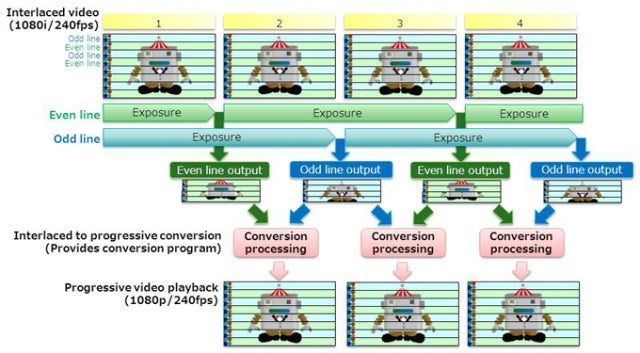
“Bright Mode technology contributes to a wide variety of movie applications, such as high-speed recording, slow-motion movie, and fast-action cameras. It improves video viewing, especially in slow motion, which is timely given the explosion of mobile applications where the exchange of short movie clips is gaining in popularity,” Toshiba’s TAEC image sensor VP Andrew Burt said.
CONSUMER ELECTONRICS SHOW (CES) LAS VEGAS, Nev., January 7, 2014 — Toshiba America Electronic Components, Inc., (TAEC)*, a committed leader that collaborates with technology companies to create breakthrough designs, today announces its Bright Mode technology. The Bright Mode CMOS image sensor technology allows smartphones and tablet PCs to record Full-HD video at 240 frames per second (fps), the industry's highest frame rate1. Additionally, Bright Mode realizes high quality, slow motion video playback at one-eighth the standard speed2 offering new dimensions in camera imaging during high-speed video.
"Bright Mode technology continues the Toshiba track record of delivering best-in-class image quality through continuous innovation," says Andrew Burt, vice president of the Image Sensor Business Unit, System LSI Group at TAEC. "Bright Mode technology contributes to a wide variety of movie applications, such as high-speed recording, slow-motion movie, and fast-action cameras. It improves video viewing, especially in slow motion, which is timely given the explosion of mobile applications where the exchange of short movie clips is gaining in popularity."
High-speed video recording requires a high-frame rate with short exposure time, which results in underexposed images. Bright Mode technology doubles the exposure time by adopting interlaced3 video output, not the progressive4 output that standard CMOS sensors use. Bright Mode also employs charge binning5, which doubles the electrical charge of each pixel, resulting in an image four times brighter than that from a CMOS sensor without Bright Mode. Toshiba will also provide an interlace-progressive conversion program that enables users to offer high quality progressive video with low deterioration, without changing frame rate.
Availability
Sample sensors incorporating Bright Mode will be available in Q1 2014.
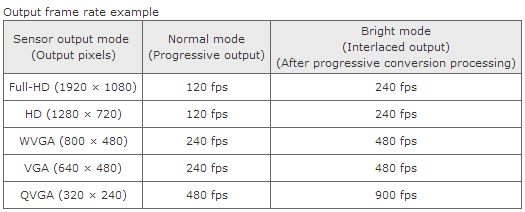
Follow us on Google News


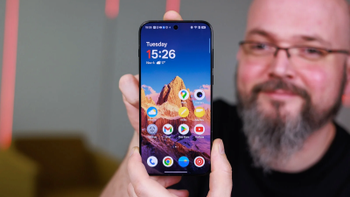


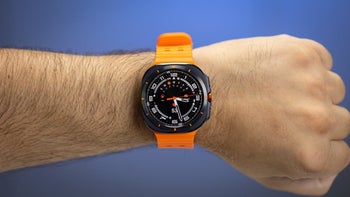



![A new Android bug is making it impossible to install new apps. Are you affected? [UPDATE]](https://m-cdn.phonearena.com/images/article/176703-wide-two_350/A-new-Android-bug-is-making-it-impossible-to-install-new-apps.-Are-you-affected-UPDATE.webp)

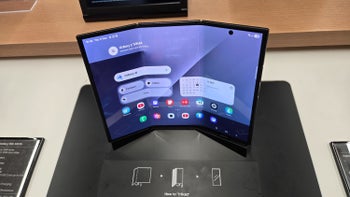
Things that are NOT allowed:
To help keep our community safe and free from spam, we apply temporary limits to newly created accounts: